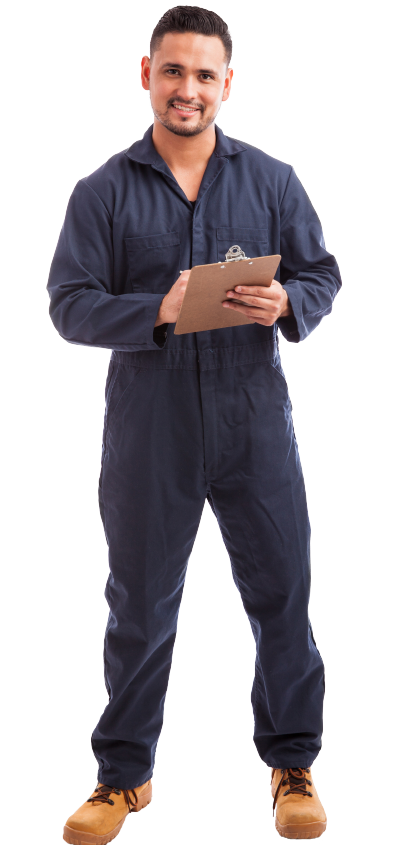Rubber and Plastic

Manufyn has capability to supply all types of moulding components, various compositions of Rubber and plastics. From Injection moulding to Blow moulding, Extrusion and Thermoforming, we cater to all sizes of parts. Manufyn also supports in Tool design and conducting Trials.
Manufyn has capabilities for rubber and plastic molding involving various processes and technologies used to shape raw rubber and plastic materials into final products.
Injection Molding: Injection molding is one of the most common processes for both rubber and plastic materials. With In house capability of designing and Developing complex moulding tools, Manufyn caters to requirements of various sizes of products
Compression Molding: Compression molding is primarily used for rubber materials. It involves placing a pre-measured amount of raw rubber into a mold cavity and then compressing it using heat and pressure until the rubber takes the shape of the mold. This process is suitable for products with intricate details and varying thicknesses.
Transfer Molding: Similar to compression molding, transfer molding is used for rubber materials. It involves heating the raw rubber in a separate chamber and then forcing it into the mold cavity through a sprue system. This process is commonly used for producing items with a higher level of precision.
Blow Molding: Blow molding is primarily used for plastics and involves inflating a hollow plastic preform inside a mold cavity to create a specific shape. This is commonly used for producing bottles, containers, and other hollow objects.
Extrusion Molding: Extrusion is used for both rubber and plastic materials. It involves pushing the material through a die to create a continuous shape, which is then cooled and cut into desired lengths. This process is used for producing items with a consistent cross-section, such as pipes, tubing, and profiles.
Rotational Molding: Also known as rotomolding, this process is used for producing large, hollow plastic products. A powdered plastic material is placed inside a mold, which is then heated and rotated on multiple axes to evenly distribute the material and create the desired shape.
Overmolding: Overmolding involves combining two or more materials to create a single finished product. For instance, a rubber grip can be overmolded onto a plastic tool handle to improve grip and comfort.
Insert Molding: Insert molding involves placing pre-formed components (such as metal inserts) into the mold before injecting plastic or rubber material. The molten material then encapsulates the insert, creating a secure bond between the two materials.
Thermoforming: Thermoforming is used to create plastic parts by heating a sheet of plastic until it becomes pliable and then forming it over a mold using vacuum or pressure.
Commodities
Brochures
View our 2023 brochure for an easy to read guide on all of the services offer.

